You put effort into writing your Medium blog posts. But after hitting publish, the real challenge begins: promoting them across your social media platforms. I hate losing time when sharing them on each social media separately. I need to find a way to automate my Medium blog posts!
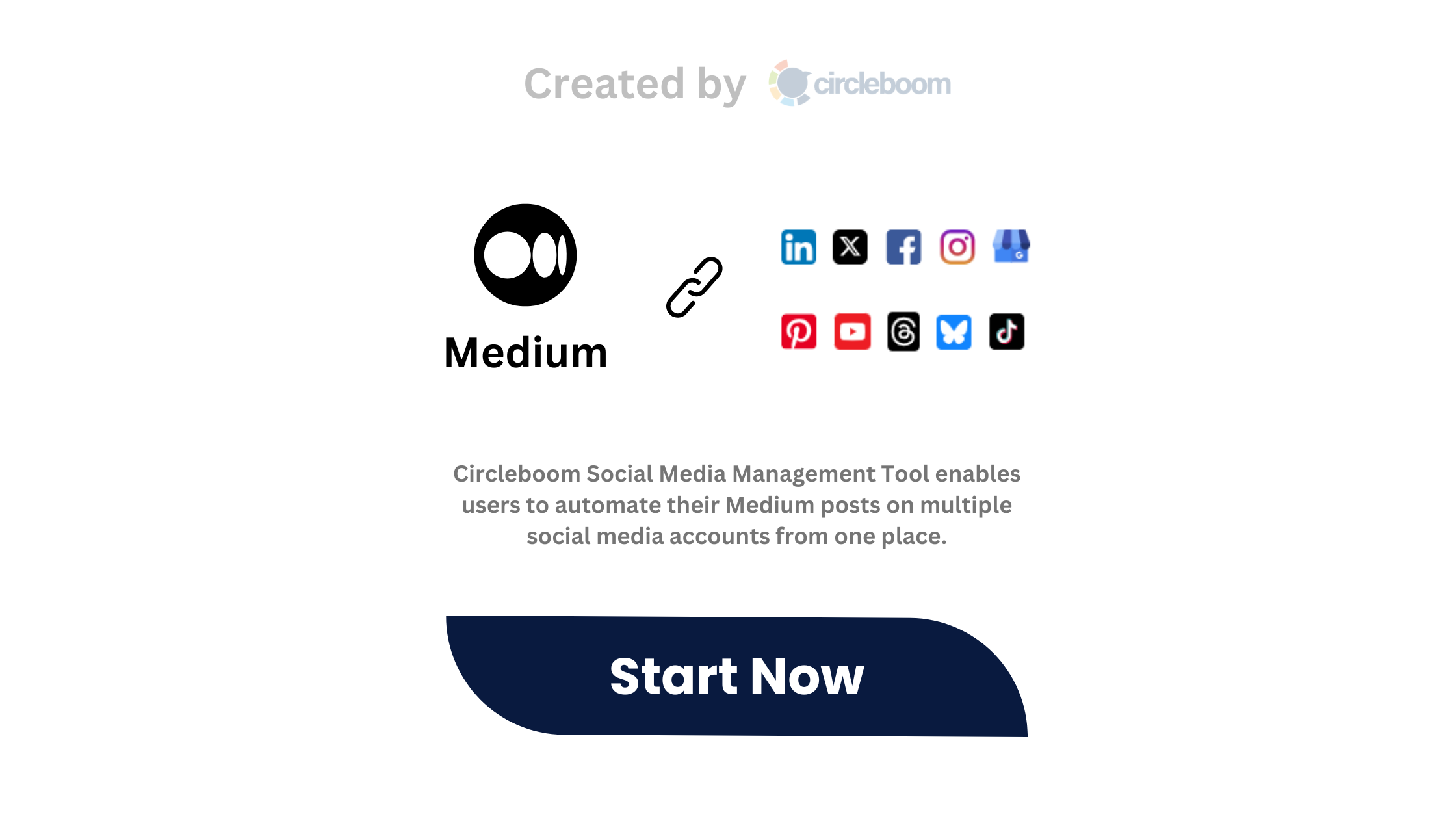
I found myself constantly copying links, switching tabs, and writing separate captions just to keep my Twitter, LinkedIn, and Facebook pages updated. It was eating up more time than writing the blog post itself.
That’s when I started searching for a way to automate the process with RSS.
I tested a bunch of tools—some worked well, others felt clunky—and eventually, I found the one that fit perfectly into my workflow.
In this post, I’m sharing the tools I tried and what I liked and didn’t like about each.

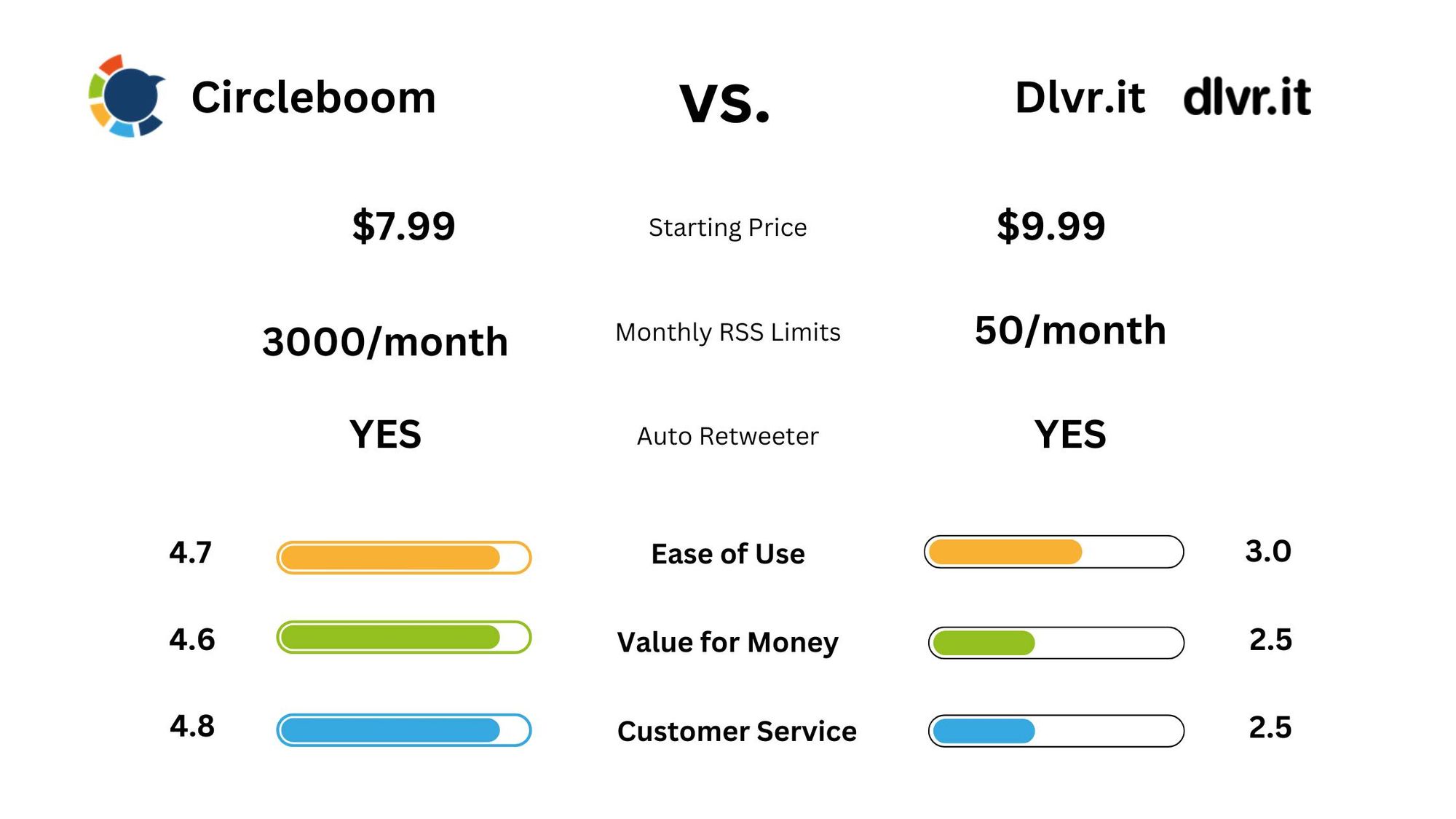
Why Automate Medium Blog Sharing?
Sharing your content manually might work if you publish once a month—but if you post regularly, it quickly becomes overwhelming. That’s where automation comes in.
By automating Medium blog sharing, you can:
➡️ Keep your social media presence consistent
➡️ Save time and reduce repetitive work
➡️ Promote your content the moment it’s published
➡️ Focus on writing instead of cross-posting
With the right tool, you only need to set it up once, and everything takes care of itself afterward.
1) Circleboom Publish – The Best Tool for Medium Blog Automation
After testing several platforms, Circleboom Publish became my clear favorite. It wasn’t just about automating RSS feeds—it offered a full content management experience with everything I needed in one place.
What is Circleboom Publish?

Circleboom is a powerful social media management tool that lets you connect and manage accounts across all major platforms from a single dashboard: X (formerly Twitter), Facebook, LinkedIn (Profiles & Company Pages), Instagram, Pinterest, Google Business Profile, YouTube, TikTok, Threads and Bluesky.
You can schedule, design, write, and publish content—all without jumping between tabs or using separate apps. It even supports multi-account management, which is perfect for managing multiple brands or clients.
Automate Medium Sharing with RSS Feed Integration
The real highlight for me was the RSS Feed feature.
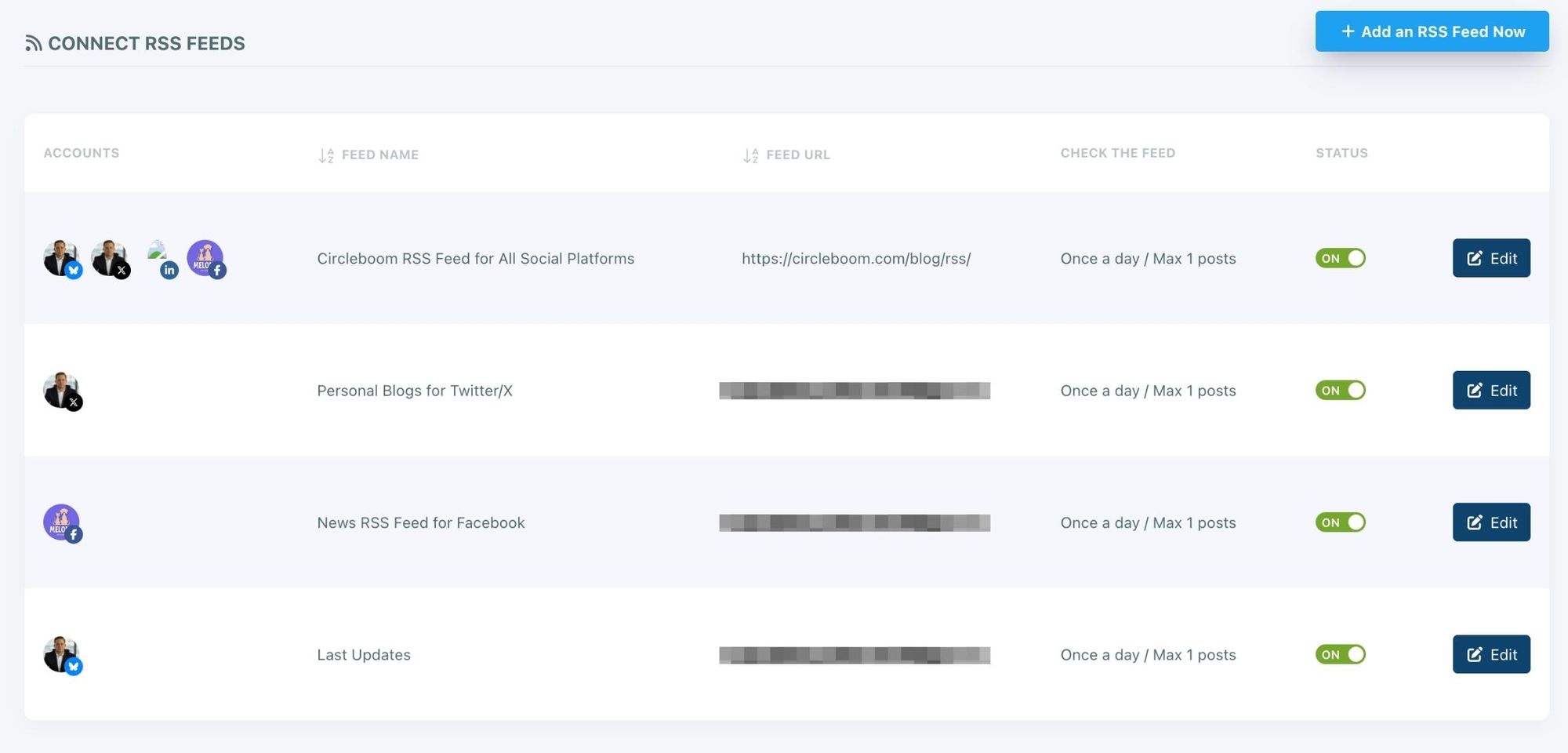
Medium automatically generates an RSS feed for your profile, and Circleboom makes it easy to plug that feed directly into your social accounts.
As a result, each time I publish a new blog post on Medium, it automatically gets shared across all the platforms I’ve connected—without me doing anything.
No more copy-pasting links. No more rushing to tweet after publishing. It just works.
How to Connect Your Medium RSS Feed (Step-by-Step)
If you want to try this out, here’s how to connect your RSS feed on Circleboom:
Step #1: Find "Connect a new RSS feed" on the left menu.
There, you can manage your new and existing feeds.
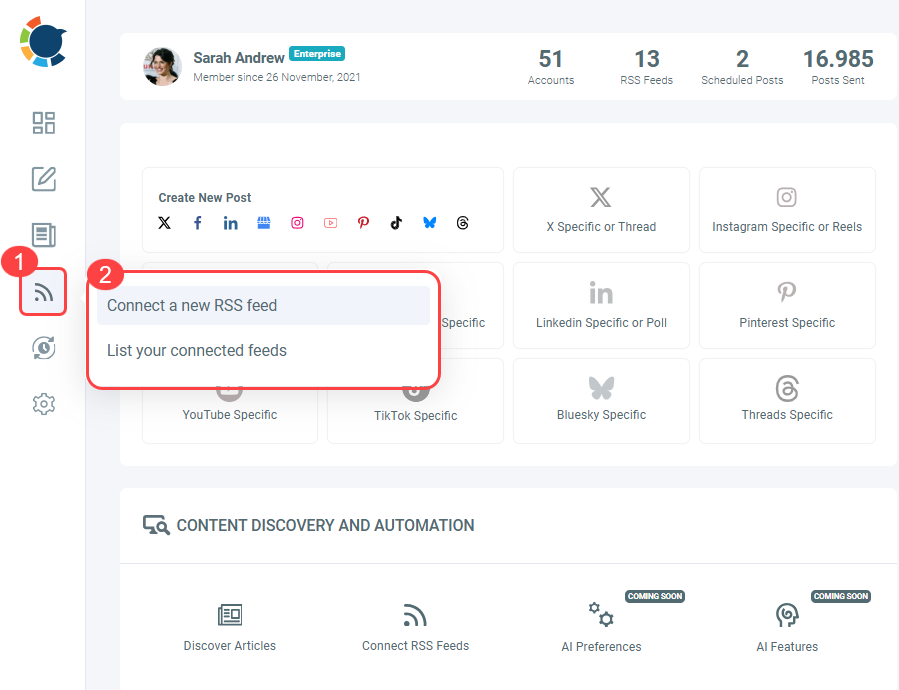
Step #2: After selecting your social media accounts, you can enter your RSS Feed. In this example, you see Circleboom Blog's RSS Feed. After that, you can name your RSS Feed, because you can create multiple RSS Feed connections for your multiple social media accounts.
Then, you can set up "Begin With" and "End With" phrases for your auto tweets. This makes your automated tweet look more natural and humanized.
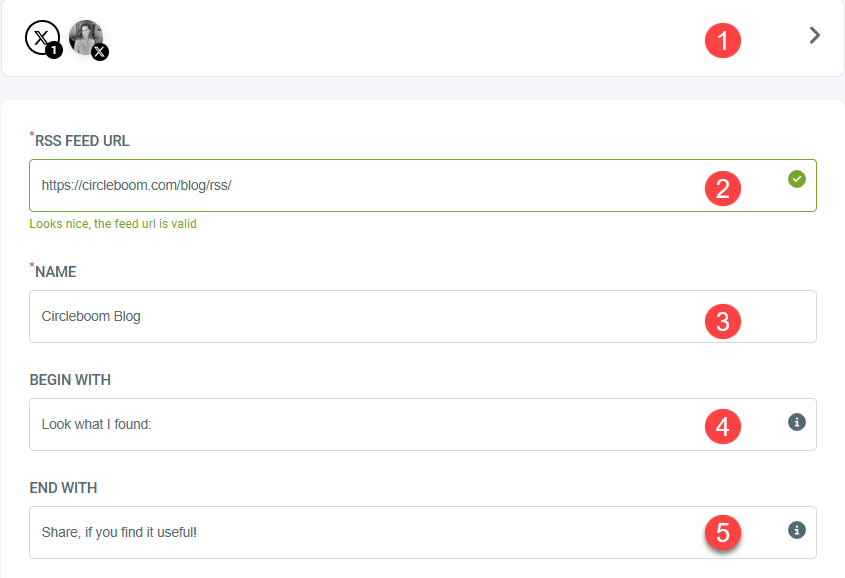
Step #3: You can set rules for your RSS Feeds.
For example, will you share the URL with your tweet? Or, do you want to add a title, body, and photo to your automated tweet?
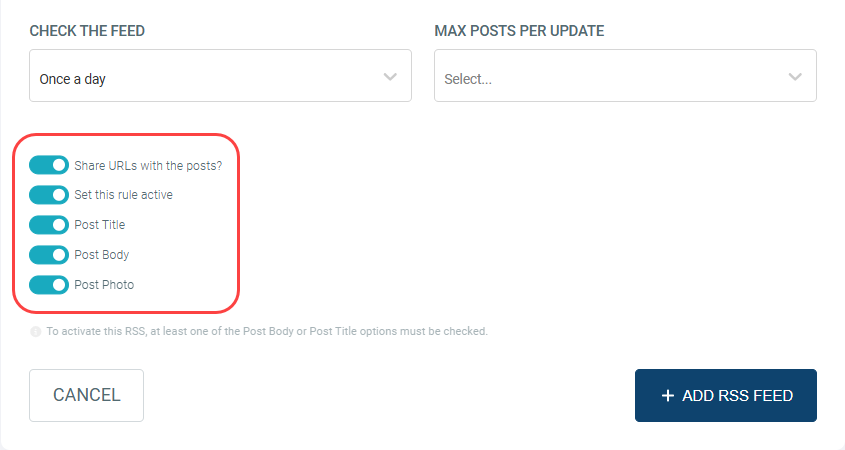
Then, you need to set the intervals to check the feed. We will check the source and control if there is anything new that we can auto-tweet!
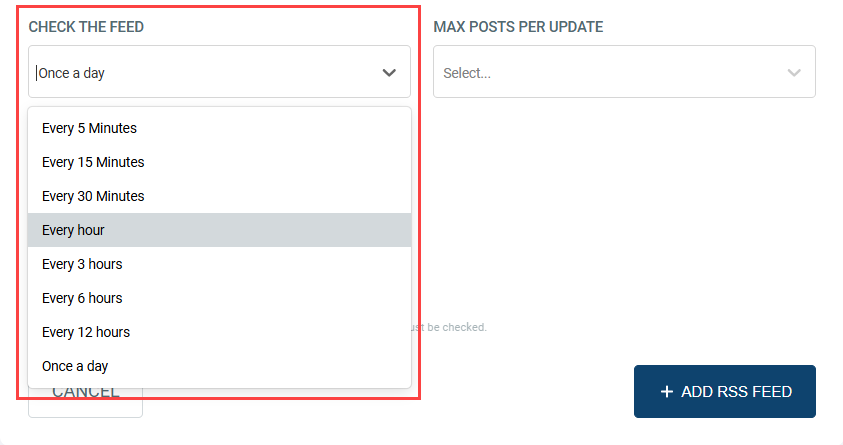
Lastly, you need to set the number of max posts per update. For example, if you select 3, we will share three automated tweets when we check the RSS Feed.
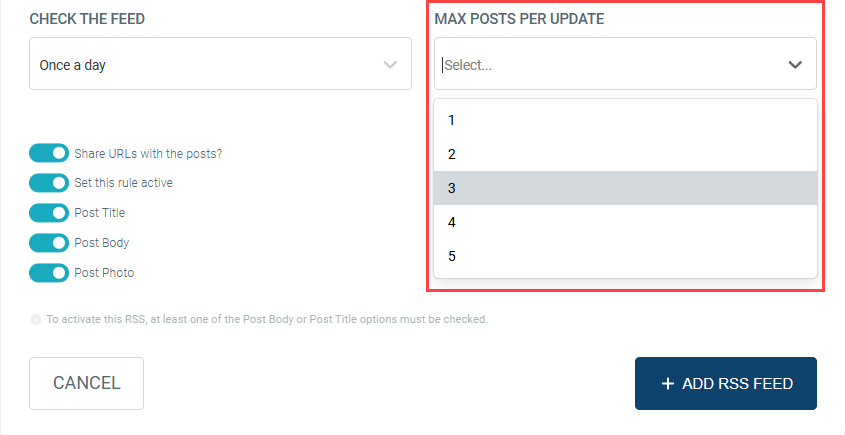
Step #4: When all is set, click "Add RSS Feed" and your automated tweet settings are done!
You can remove them anytime you wish!

That's all!
Now, every Medium post you publish will automatically go live on your selected social accounts.
| Pros | Cons |
|---|---|
| RSS Feed integration automates Medium post sharing across all connected platforms. | Learning curve for first-time users. |
| Integration with Canva and ChatGPT for seamless content creation and scheduling. | Analytics features could be more detailed. |
| Supports multiple social media accounts. |
2) Dlvr.it – Simple and Fast, But Very Limited
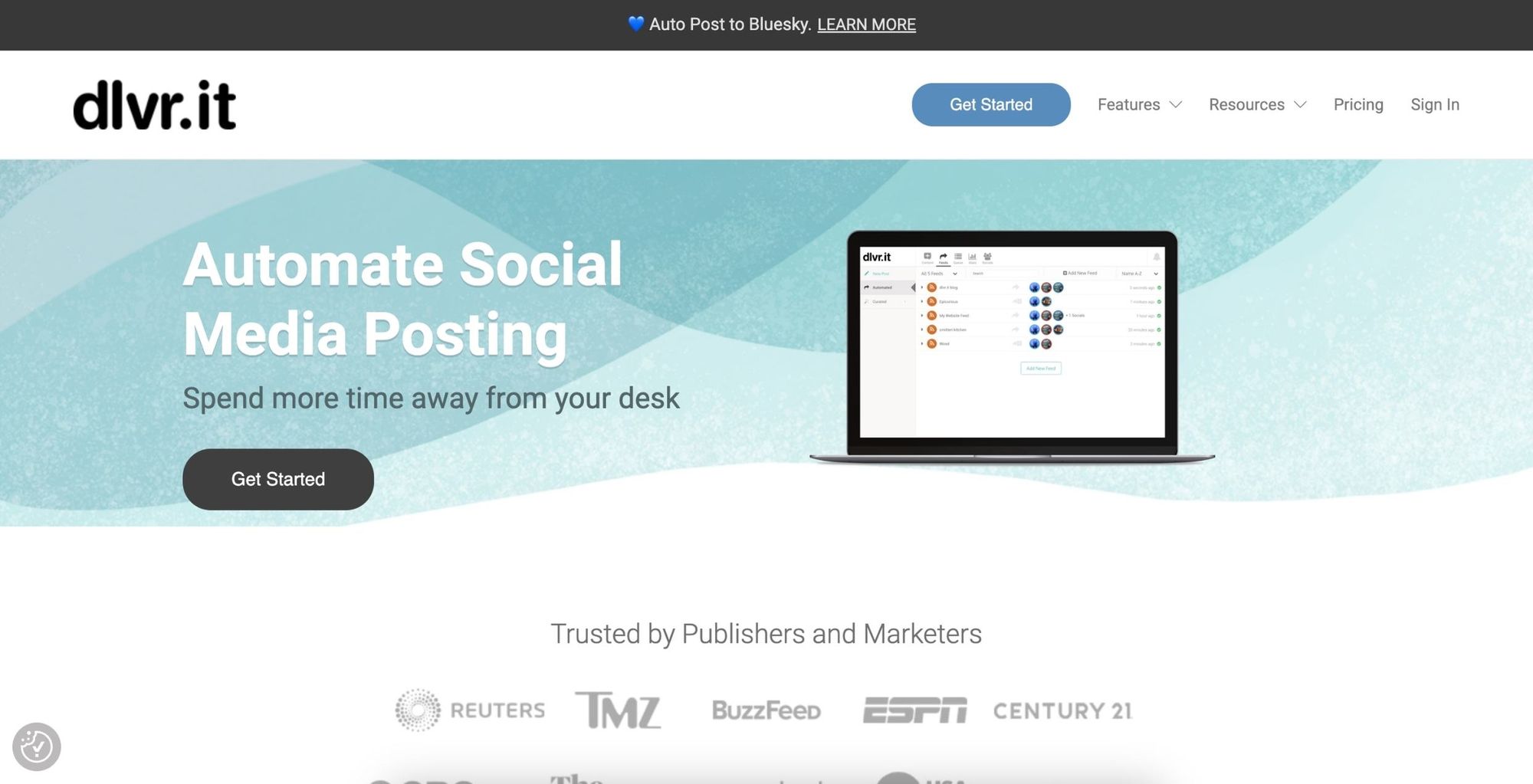
Dlvr.it was surprisingly easy to set up. I plugged in my Medium RSS, selected a Twitter account, and my posts started going live.
But within a few days, I realized it only allowed 50 posts per month. It also lacked any visual design options or content customization. You can’t even format how your posts appear.
It’s great if you want something super basic, but I outgrew it quickly.
| Pros | Cons |
|---|---|
| Quick and simple RSS automation setup. | Limited to 50 posts per month. |
| Good for small, low-maintenance workflows. | No editing, visuals, or advanced scheduling options. |
| Supports basic social platforms. | Feels outdated and not built for modern creators. |
Here is a quick comparison of Circleboom and dlvr.it:
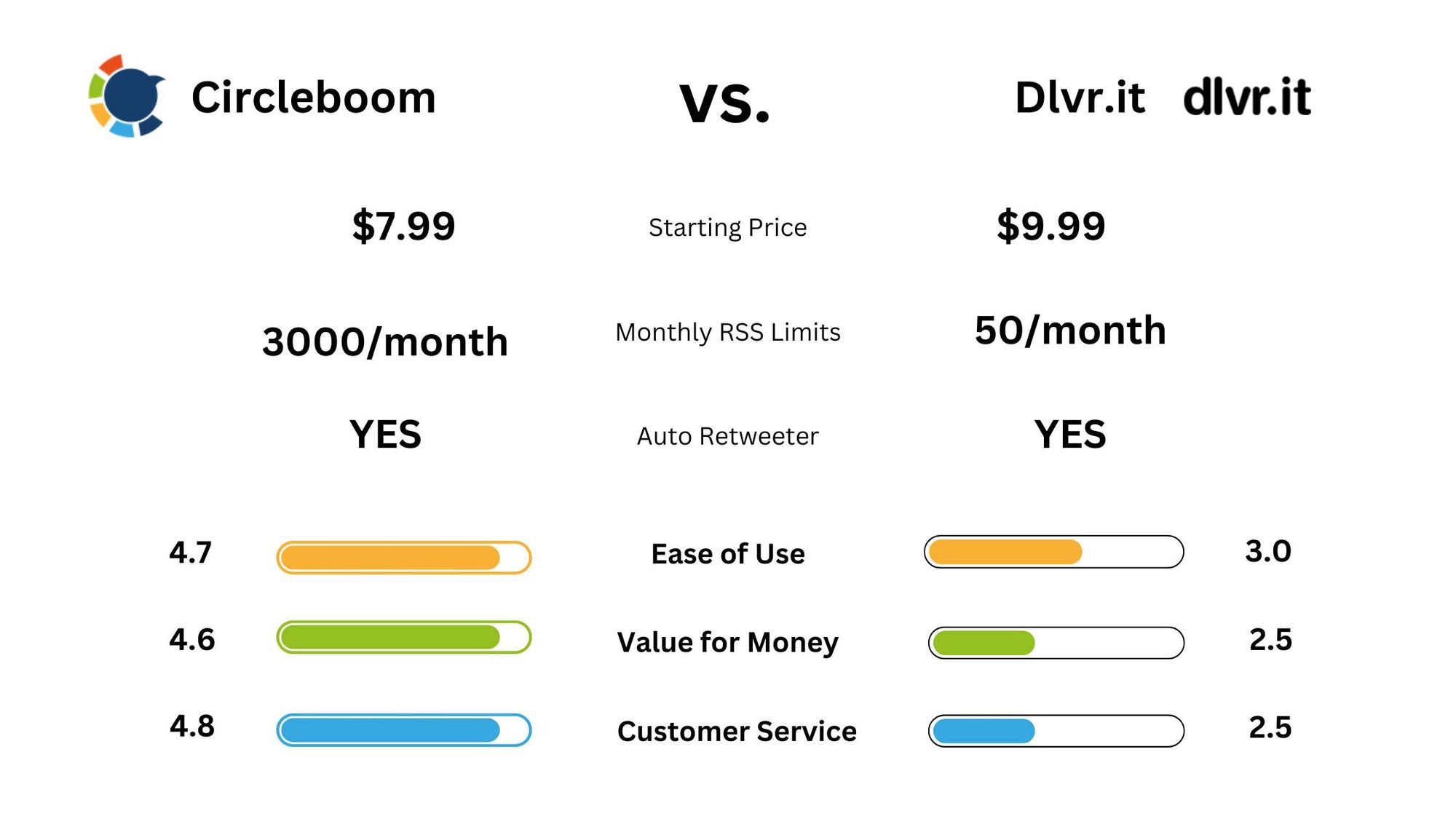
3) Zapier – Powerful but Too Technical for Content Creators
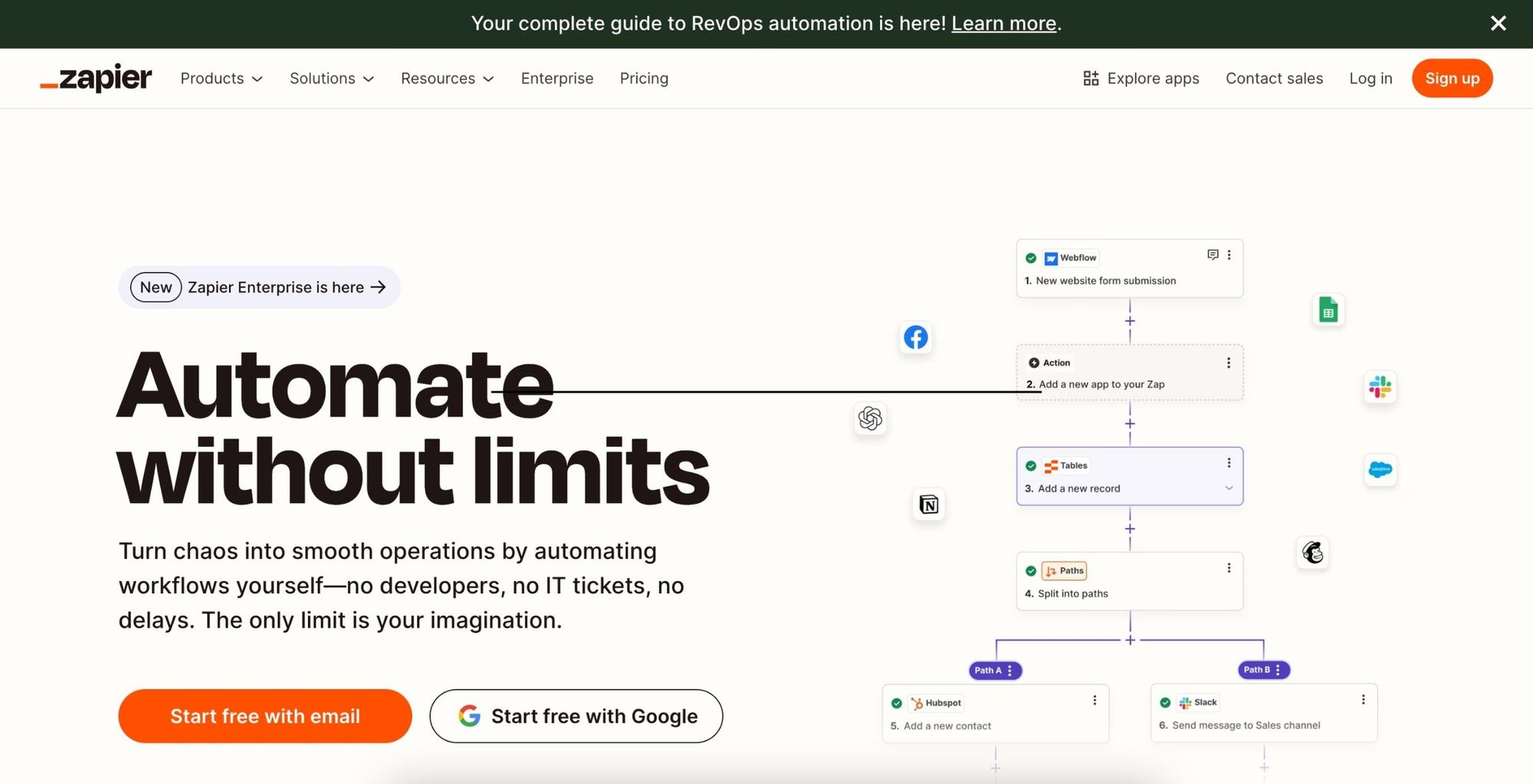
Zapier is incredibly powerful. You can connect Medium’s RSS feed to nearly any app and create custom workflows—like auto-posting to Twitter or Facebook.
Setting up a “Zap” isn’t very visual. There’s no content preview, no editing, no built-in design tools. I had to test multiple versions just to make sure it was working.
While it’s great for developers and advanced workflows, it felt like too much work for something as simple as sharing a blog post.
| Pros | Cons |
|---|---|
| Highly customizable automations for dozens of platforms. | Not designed specifically for social media automation. |
| You can automate RSS-to-social sharing workflows easily. | No post preview, editing, or visual content support. |
| Supports advanced multi-step workflows if needed. | Setup takes time and technical knowledge. |
4) Buffer – Clean Interface, But Lacks Full Automation
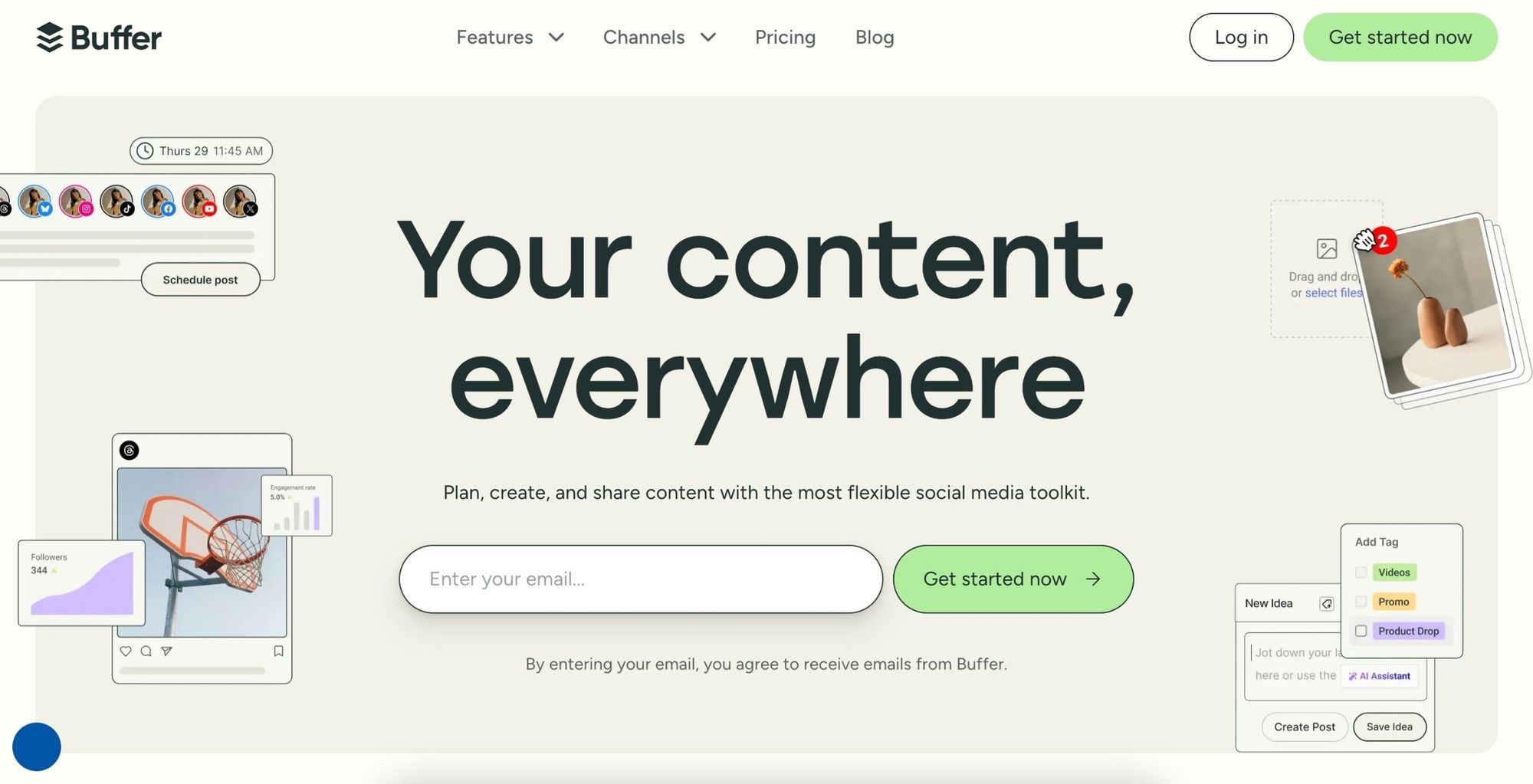
Buffer supports RSS feeds too—but there’s a catch. Even with RSS integration, you still have to manually approve each post before it goes live.
What confused me more was that Buffer actually suggests connecting RSS feeds using Zapier. That means you need two separate tools just to get RSS content automated—Buffer for the scheduling, and Zapier for the RSS automation.
At that point, I started asking myself: Why would I use two different platforms to achieve something one tool could already do on its own?
So while it helped organize content, it didn’t fully automate anything. I found myself still checking back regularly to “push” the post through. It’s a good platform if you want tight control, but not if you're looking for a hands-off solution.
| Pros | Cons |
|---|---|
| Clean, easy-to-use scheduling dashboard. | RSS feature requires a paid plan. |
| Good for managing content queues and post timing. | No full automation—manual approval needed for RSS content. |
| Great for teams or multiple contributors. | Lacks built-in content generation or design tools. |
Final Thoughts
Each of these tools can technically get the job done. Zapier gives you flexibility, Buffer has a clean interface, and Dlvr.it is quick to set up—but they all fell short for my needs. Some were too technical, some lacked true automation, and others simply didn’t support the platforms I care about.
Circleboom Publish, on the other hand, didn’t just meet my expectations—it made the entire process smooth and enjoyable. It brought together everything I needed.
If you're a content creator, writer, or marketer who wants to simplify their workflow and boost visibility without spending extra hours promoting your content, Circleboom is absolutely worth trying.
Start with Circleboom Publish today—and turn your Medium blog into a social media machine.






